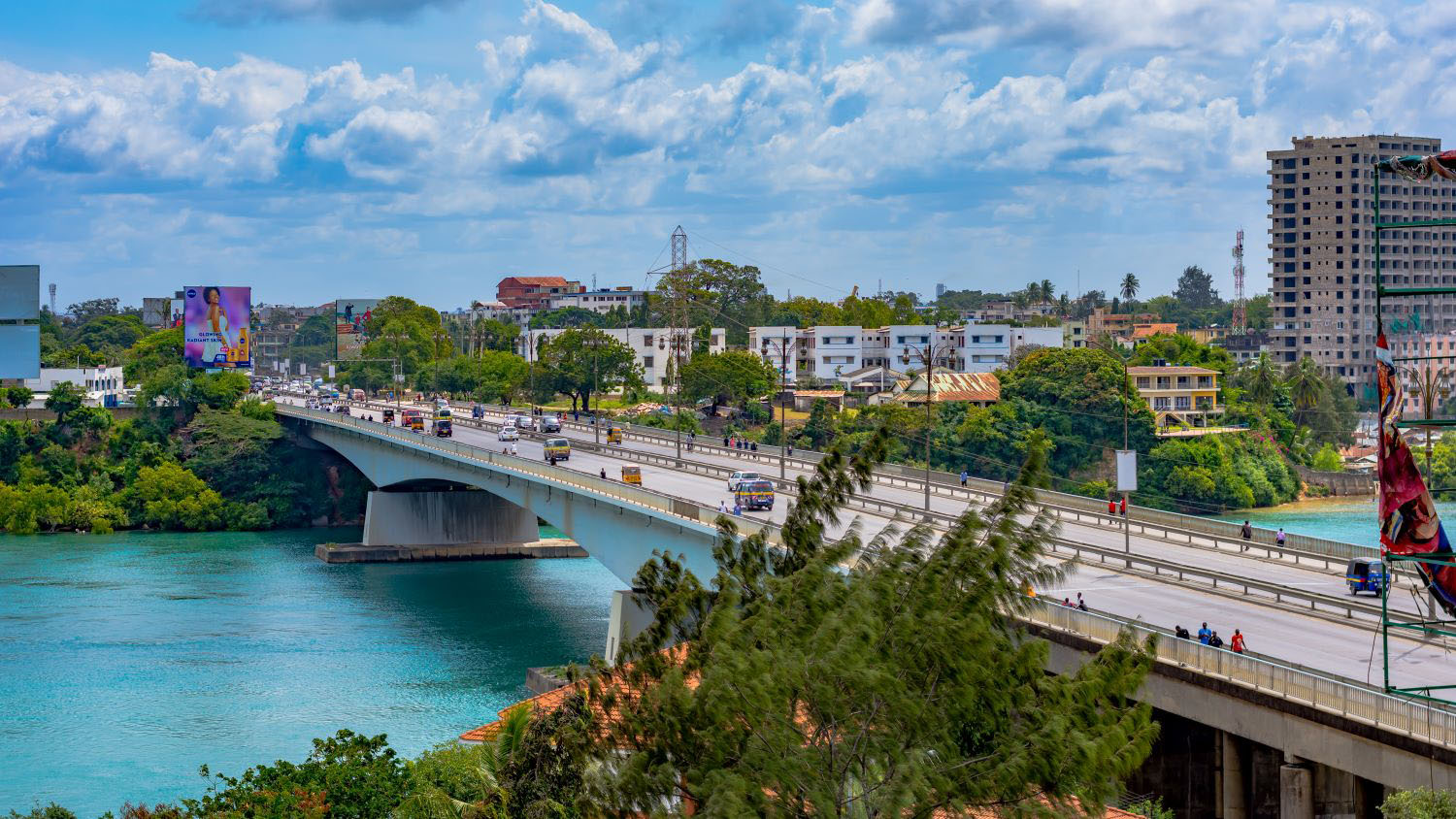The World Bank’s soft lending arm for poorer countries, IDA, is busy rolling out a new $2.5 billion Private Sector Window. (See last year’s outline proposal for reference.) Bigger private sectors in IDA countries would be hugely welcome, so there is much to like in the broad thrust of the proposal, as suggested by Nancy Lee. But I’m left a little baffled by the details, and would love some reactions as to what I’m missing.
About half of the $2.5 billion IDA private sector window will be used to provide risk reduction to lending from the IFC (the Bank Group’s private sector investment arm) through project-based guarantees, hedging against local currency fluctuations and blended finance. The other half will provide MIGA (the Bank Group’s private sector insurance arm) with shared first-loss on its guarantees. The window’s transactions will be limited so that the maximum loss to IDA will be capped at the $2.5 billion of the fund. In other words, IDA will swap $2.5 billion of credit-making capacity for a combination of guarantees, hedging and grants of $2.5 billion. The return expected from the average PSW investment will be considerably below market rates (potentially a return on IDA’s capital for local currency hedges, for example). And this suggests all of the various arms carry a generous implicit or explicit subsidy.
While the proposal suggests that concessional elements will be minimized, they will be allocated based on perceived need by IFC and MIGA staff as they develop investment proposals. Given these investments traditionally start with a client company approaching the IFC or MIGA, this suggests the PSW will be primarily allocated on an unsolicited, noncompetitive basis to IFC/MIGA investments.
The scale of the PSW’s impact is estimated at approximately the $2.5 billion of additional financing/guarantees/grants that the IFC and MIGA will make supported by the risk reduction mechanisms of the window.
Here's what concerns me:
-
This seems like a conservative way to offer guarantees: IDA is swapping $2.5 of credits for $2.5 of guarantees (and some subsidies). The IBRD’s record suggests that when countries have the (effective) choice between IBRD lending and IBRD guarantees booked at 100 percent, they’d rather have the lending, thank you very much. If that’s true of IBRD lending, surely it would be even more true of IDA credits. Which country wouldn’t rather have $1 lent on IDA terms to spend on public investments than a $1 guarantee provided on its behalf to a private sector investor—and which country wouldn’t be right in their preference?
-
On a related note, this seems an odd way to allocate risk reduction resources to IFC and MIGA. The point of the Window—the development target set for the Window—is to increase total IFC/MIGA investment in IDA countries. If you believe the IFC and MIGA can't take on more projects in fragile states because of their own overall credit rating concerns (and language in the proposal suggests this is a factor in the design), you would set up a first loss investment or guarantee system for all IFC investments or MIGA guarantees in IDA countries. If the portfolio as a whole produced negative returns, losses of up to $2.5 billion would be made up from the facility (and IDA could charge the return on its capital for providing this first loss guarantee). Such a first-loss instrument should allow the IFC and MIGA to take on far more than $2.5 billion-worth in additional projects in IDA countries without any risk to their own credit ratings. And if they didn’t manage to deliver a lot more projects even after this generous IDA guarantee, IDA could simply shrink the size of the first-loss facility.
- And this seems an inefficient way to allocate subsidies to the private sector. If you believe the barrier to more IFC/MIGA projects in IDA countries is simply that there are not enough socially advantageous private sector projects in those countries that can make sufficient profit to attract investment without a subsidy, you would start with a government/sector approach to efficiently allocate subsidies where the social advantage is largest: “we think this water and sanitation solution with immense social benefits could be delivered by the private sector but won't happen without a subsidy so we are going to auction off a subsidy to the lowest bidder.” You certainly wouldn't rely on something that looks like a behind-closed-doors system of sponsors coming to the IFC saying “I'd love to do this project in this sector in this country” and the IFC replying “oh, OK then, and here’s a subsidy.” And finally an IDA overseer agreeing “sure, why not?” Without a decent project selection method and competitive allocation, subsidies are going to go to the wrong companies for the wrong projects, quite possibly in the wrong countries.
I can imagine that the World Bank Group’s management would not want a PSW model that demands up-front country allocations, and so throwing subsidy decisions to IFC and MIGA investment officers has an appeal in that regard. But it is hardly reassuring when it comes to ensuring this subsidy program is efficiently used. And while a project-based model will have the attraction to funders that they will be able to point to particular IFC/MIGA investments as ‘stuff they helped make happen’ with aid resources and deny any direct ODA support to less IDA-constituent-friendly investments, as money is fungible and guarantees are (and should be) about reducing the risk to the portfolio as a whole, those claims will look a little thin.
If these are valid concerns, it does raise the question, “why this model?” I’d love to read some reactions—either as to why I’ve got the critiques wrong or what’s driving the choices the Bank Group has made.
Disclaimer
CGD blog posts reflect the views of the authors, drawing on prior research and experience in their areas of expertise. CGD is a nonpartisan, independent organization and does not take institutional positions.





